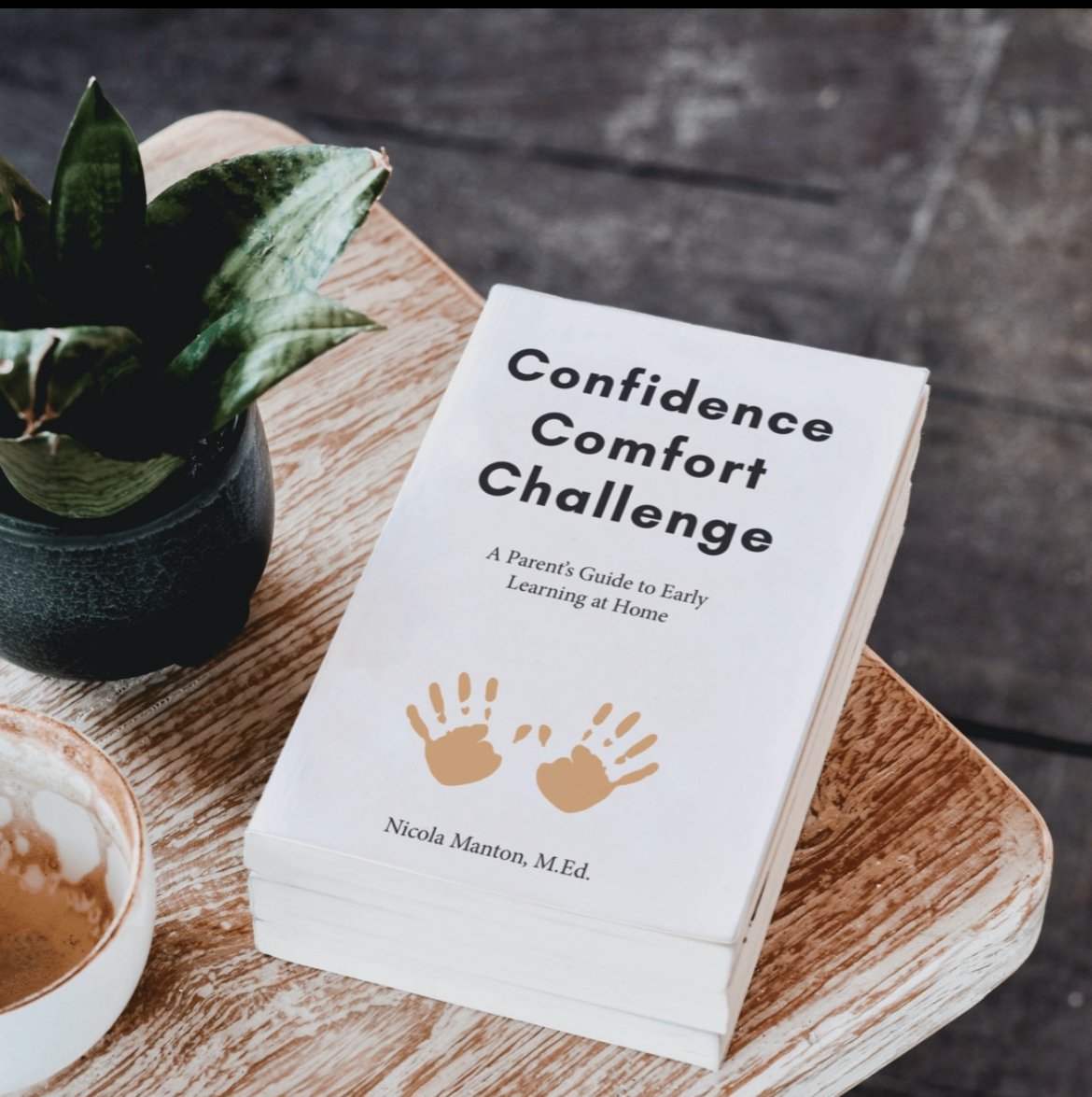A HuG
Teaching bodily autonomy and consent to very young children
Hugs. They should be uncomplicated, but they’re not. Sometimes we crave a hug; we need that physical contact with someone we love - a friend or family member. But there are times when we need to protect our bodily autonomy and say no to an invasion of our personal space. As adults, we are better equipped to speak up, to use alternatives like a hand shake or smile to express a greeting or feeling. Children are often pushed to hug a relative or a friend, with no question as to whether or not they want to give or receive a hug. It can be daunting for parents and caregivers to explain to children concepts around consent, saying no, speaking up, and protecting their space. How do you even begin? We want our children to know that their bodies are theirs, and their choices concerning their bodies are theirs to make.
This needs to start early, to be ingrained in the very fabric of their values and ideas. Currently, there’s not much available that helps us teach children that it’s ok to say no to an unwanted hug or touch or that there are other options for greeting people and expressing thanks or feelings.
This is where my book “A Hug” comes in. For children as young as 2, but relevant to all ages, it will help show them how wonderful a hug can be, but that it’s their choice. Help them see that they can say “no” in these situations; it’s not a bad word to be avoided. We want them to grow up knowing that when they say “NO”, it means no.
Enjoy these FREE coloring sheets to accompany “A Hug” and help continue the conversation about consent. Your children will learn they can openly talk about unwanted touches and bodily autonomy, knowing the dialogue has already been opened and you’re available to listen.
Confidence, comfort, challenge:
A parent’s guide to early learning at home
Confidence, Comfort, Challenge: A parent’s guide to early learning at home, is a resource for educators (parents, caregivers and teachers) to create activities for their children that inspire a love of learning while minimising frustration and defeat.
The method itself was developed based on the history of educational philosophy and pedagogy, taking only proven best practices, combined with over a decade of firsthand experience working with children and families.
Early learning comes from PLAY, and free play should occupy the majority of young children’s time. As they approach school age, we want our children to be prepared for what they’ll be learning in school, giving them a solid foundation of information that’ll take the pressure off those initial weeks, where they’re already navigating a new environment, new teachers, and new social rules!
The CCC method can be applied to any of your at home activities to take the frustration out of knowing what to include and when! It is based on your unique child and their individual capabilities.
The Useful Little Roll
The Useful Little Roll is about finding yourself, your people, and your joy!
On the surface, it’s a discovery of the power of reusing unlikely materials and using your imagination to create. Diving deeper, it encourages you to think about life, and that just when you think it’s taking you in one direction, you might be surprised to find that actually, untold adventure awaits just around the corner!




